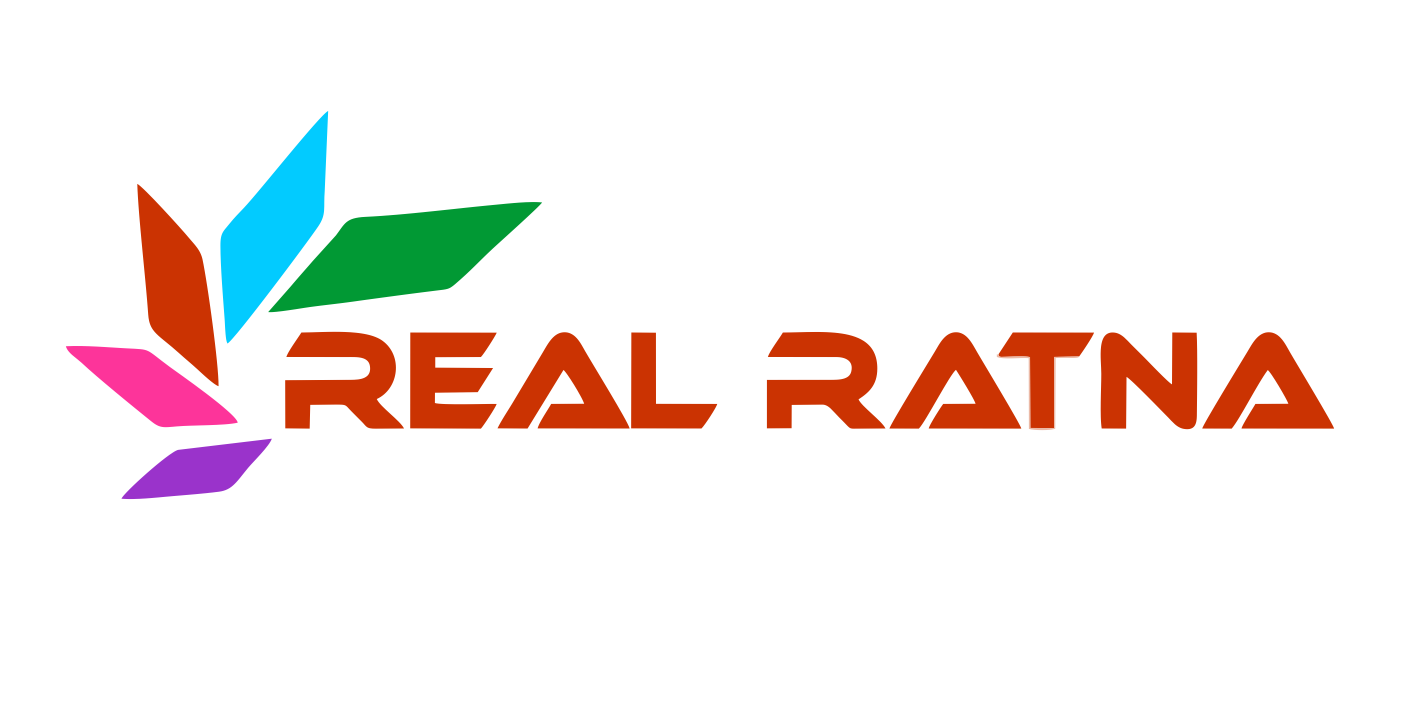Perform Risk Management for Supply Contracts and Agreements
Perform Risk Management for Supply Contracts and Agreements: A Guide for Businesses
As a business owner or manager, you know that supply contracts and agreements are an integral part of your operations. They help you secure the materials and services you need to deliver your products or services to customers. However, these contracts come with inherent risks that can impact your bottom line and reputation. Effective risk management is critical to ensure that your supply contracts and agreements align with your business goals and protect your interests.
Here are some key steps to performing risk management for supply contracts and agreements:
1. Identify potential risks: The first step is to identify the risks associated with the contract. These may include legal, financial, reputational, operational, or strategic risks. You should also consider the risks associated with the supplier, such as their financial stability, reputation, and ability to deliver on time and within budget.
2. Assess the impact of risks: Once you have identified the risks, assess their potential impact on your business. This will help you prioritize which risks to mitigate first and develop a plan to manage them.
3. Develop risk management strategies: Based on the risks identified and their potential impact, develop risk management strategies to mitigate them. These may include negotiating better terms, developing contingency plans, diversifying suppliers, or implementing risk transfers such as insurance or indemnification clauses.
4. Implement controls: Implement controls to minimize or prevent identified risks. This may include monitoring supplier performance, conducting regular audits, or incorporating compliance requirements into contracts.
5. Review and update regularly: Review the risks and risk management strategies regularly to ensure they remain relevant and effective, especially as your business and industry evolve.
In conclusion, performing risk management for supply contracts and agreements is essential for businesses that want to maximize their return on investment and protect their interests. By identifying potential risks, assessing their impact, developing risk management strategies, implementing controls, and reviewing and updating regularly, businesses can mitigate potential risks and ensure the success of their operations. With proper risk management, businesses can negotiate better contracts, establish stronger relationships with suppliers, and deliver high-quality products or services to their customers.
